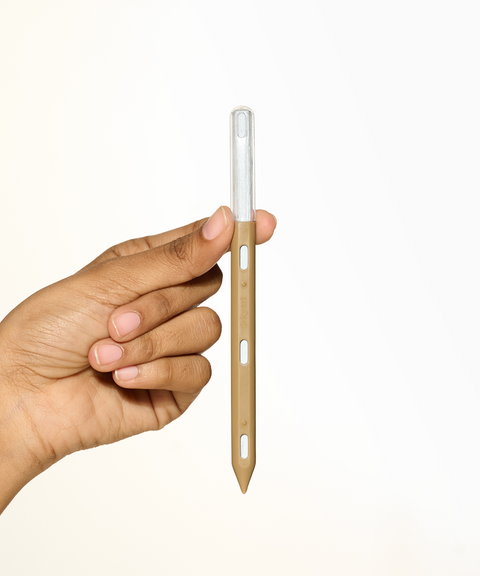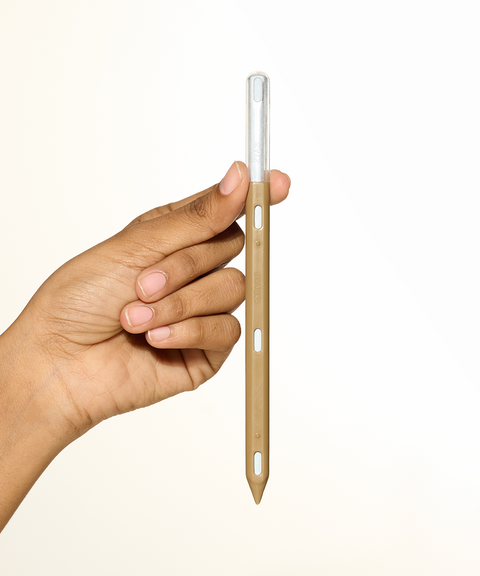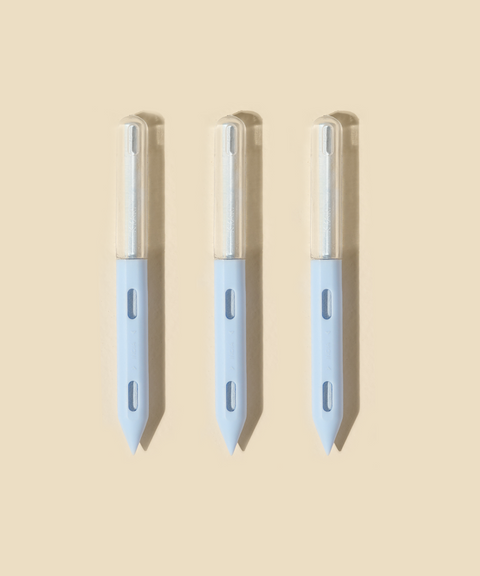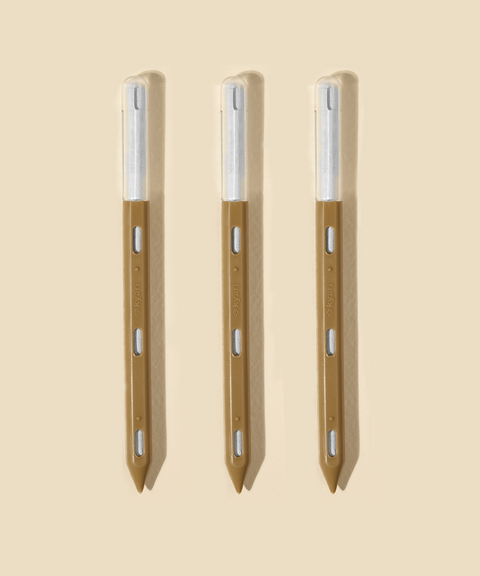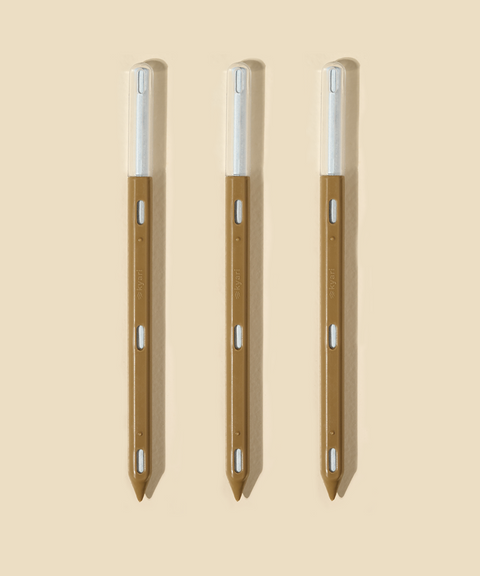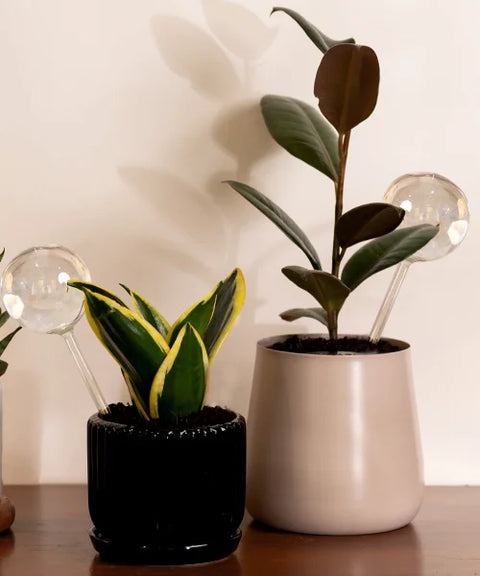Sun gives life, so does water but for health, nutrients are the saviour
Houseplants need water and sunlight to thrive. Along with these key essentials, fertilizing your houseplants is also vital to ensure healthy growth. A common misconception is that fertilizer is like food for plants. On the contrary, fertilizers act as nutrient supplements. Fertilizers fulfil the vitamin and mineral requirements of plants and keep them healthy and happy.

Why fertilize?
Prior to learning how to fertilize indoor plants, it's crucial to comprehend why fertilizing is required. For healthy and optimal growth, indoor plants need to be fertilized. When plants are in nature, they gather nutrients from the soil. However, when such plants are indoors, they are unable to acquire nutrients available in nature. These nutrients are essential for the growth of the plant. With time, plants absorb all the nutrients from the soil. Some nutrients are washed away with the water as well. Nutrient-deficient soil can lead to stunted growth or even the demise of the plant. To avoid such mishaps, provide your plants with the required nutrients. This is where fertilizers come in. They nourish the plants with vitamins and minerals, contributing to healthy and lush growth.
When to fertilize?
Another critical factor in understanding is the time to fertilize your plants. The best time to fertilize your houseplants is during the growing season; i.e spring and summer. In winter, plants are dormant. Fertilization during this time can cause damage to the roots or leaves. The frequency of fertilizing varies with the type of plant. Slow-growing houseplants such as Jade, ZZ Plants, Snake Plants, Succulents and several others should be fertilized once every 3-4 weeks in the growing season.
On the other hand, fast-growing plants like Pothos, Philodendrons, Ficus and many others need fertilizers more often. For plants that have been repotted in the growing season, avoid adding fertilizers for a minimum of 2-3 months. In case of a plant repotted during winter, you can put fertilization on hold until the next growing season.

Types of fertilizers and their usage
The process of fertilization depends on the kind of fertilizer being used. The most common varieties of fertilizers are liquids, sticks, tablets, granules, and slow-release fertilizers. Out of these, liquid and slow-release fertilizers are ideal for indoor plants.
- Liquid fertilizers - As the name implies, these fertilizers are in liquid form. They are diluted with water and thereby applied to the plants. The ratio of fertilizer to water will be mentioned on the label. However, it is advised to dilute slightly more than the recommended ratio. The advantage of using liquid fertilizers is that you have full control over the supply of nutrients. In growing seasons, you can increase the frequency of fertilization according and vice versa in dormant seasons.
- Slow-release fertilizers - These fertilizers are encased in pods and capsules designed to release fertilizers over an extended period. Each pellet has coverings of varying thickness which dissolve at different rates. Due to this, the fertilizer is gradually released in the soil over time.
The N-P-K Ratio
Fertilizers have an abundance of nutrients. Out of these, there are 3 primary nutrients, that can be termed Macronutrients. These are Nitrogen (N), Phosphorus (P), and Potassium (K). These macronutrients are essential to fulfil your plant’s growth needs. Each macronutrient has a specific purpose:
- Nitrogen - Healthy growth of foliage
- Phosphorus
- Potassium
Based on the plant’s needs, the fertilizer with the desired NPK ratio should be selected. For a number of indoor plants, the ideal fertilizer is one with a balanced NPK ratio.
The bottom line…
To promote healthy growth, fertilization is required for houseplants. However, it is crucial to be cautious of the frequency, quantity and type of fertilizer being used. Always remember “Something that can benefit can also cause harm”.
Read More
Add a Splash of Colors in Your Kitchen with these Houseplants
Key Tips for Tabletop Gardening in Your Home and Office













